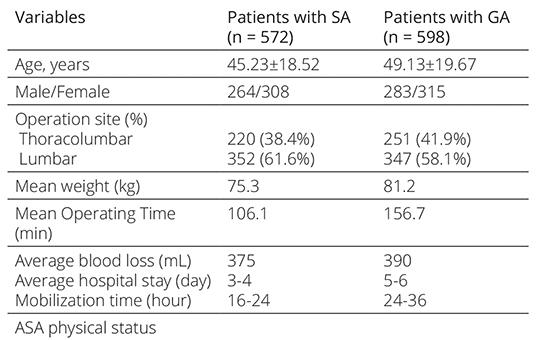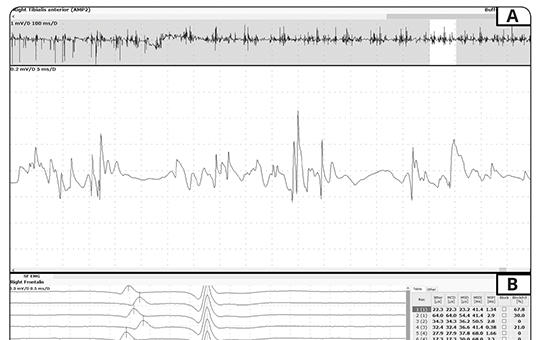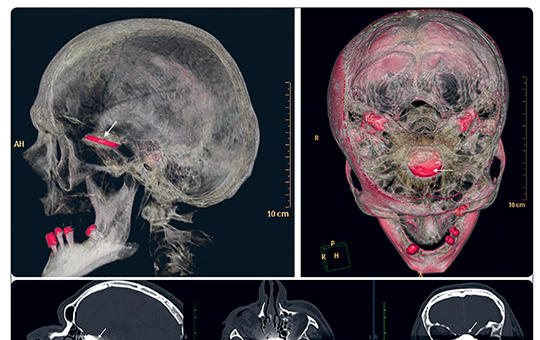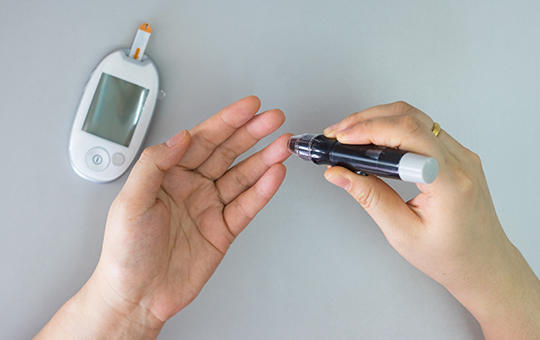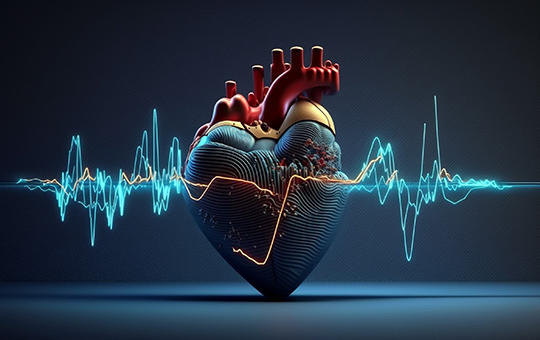The eLitMed.hu medical portal uses computer cookies for convenient operation. Detailed information can be found in the Cookie-policy.
Specialities
Diabetology
Spinal anesthesia efficiency in thoracolumbar stabilizations
Spinal surgery has an important place in neurosurgery practice. Surgical procedures on the lumbar spine include stabilization, discectomy, foraminotomy and decompression. Lumbar and lower thoracic spinal surgery can be safely performed under spinal anesthesia (SA). However, there are not many studies on the safety and efficacy of spinal anesthesia in patients who have undergone long segment stabilization surgery.
Pembrolizumab-induced peripheral nervous system damage: A combination of myositis/ myasthenia overlap syndrome and motor axonal polyneuropathy
Immune-checkpoint inhibitors (ICI) are effective drugs in cancer treatment that block immune checkpoints and stimulate an attack on cancer cells. However, various side effects were reported with ICIs. Peripheral nervous system (PNS) side effects are three times more frequent than those in the central nervous system. A 63-year-old male patient was admitted to our department with a 10-day history of dyspnea, diplopia, and generalized weakness.
Minimal invasive transnasal endoscopic removal of intracranial foreign body after airbag deployment
Airbag induced injuries such as skull and cervical spine fractures, epidural and subdural hematomas, atlantooccipital dislocations or brainstem lacerations are already documented in published literature, however, no previous case have been published about a penetrating foreign body of the skull base following airbag deployment. Removal of an intracranial foreign body is very dangerous and difficult.
[Hypoglycemia: pondering the important treatment options of elderly Diabetic patients ]
[Hypoglycemia is a well-known, potentially life threatening, common, yet underestimated consequence of glucose-lowering treatment. Elderly patients have increased tendency to develop low blood sugar levels, since their detection threshold is decreasing and the counter-regulation weakens. This process is burdened by declining neurocognitive and somatic status of the patients. A frail elderly person is at greater risk of hypoglycemia complications. Neuroglycopenic damage of the central nervous system, cerebral and myocardial ischemia, malignant heart rhythm disturbances can all have life-threatening consequences, but long-term mental and physical decline must also be considered as well. Prevention is essential, supported by careful education and prudent choice of antidiabetic drugs and insulin preparations. Use of non-hypoglycemic agents and a diet with individual amounts and compositions help to minimize the risk, avoid overtreatment, and implement efficient and safe therapy simultaneously.]
[Women and cardiovascular diseases]
[There are major differences between women and men in risk factor profiles, social and environmental factors, clinical features, recognition and treatment of cardiovascular diseases. According to the recent statistical data, it is no mere chance that more females than males die in these conditions. Beyond traditional risk factors, women have unique special ones, which significantly influence the development of their future cardiovascular diseases. This review provides a brief summary about specific cardiovascular diseases like atherosclerosis, atrial fibrillation, heart failure and myocardial infarction with their sex- and gender-related features. If healthcare providers paid more attention to this body of knowledge, it should improve recognition, treatment, and outcomes of women’s cardiovascular conditions. ]
[Disturbances of lipid metabolism in endocrine disorders ]
[Dyslipidemia plays a crucial role in the pathogenesis of several cardiovascular diseases. In many patients, there is no primary disorder of the lipoprotein metabolism since the condition is caused by whichever “nonlipid” etiology. These secondary dyslipidemias are surprisingly common, and their background factors are often missed if they are not scrutinized systematically. Endocrine disorders are commonly associated with dyslipidemia, including hypothyroidism, diabetes mellitus, Cushing’s syndrome, acromegaly, hypogonadism, growth hormone deficiency, hyperprolactinemia, and polycystic ovary syndrome. Recognizing these conditions is essential since the lipid abnormalities respond well to the treatment of primary disorders in most cases. Thus diagnosing the endocrine diseases during the routine investigation of dyslipidemia patients is essential for effective treatment and prevention of cardiovascular diseases.]
1.
Clinical Neuroscience
[Headache registry in Szeged: Experiences regarding to migraine patients]2.
Clinical Neuroscience
[The new target population of stroke awareness campaign: Kindergarten students ]3.
Clinical Neuroscience
Is there any difference in mortality rates of atrial fibrillation detected before or after ischemic stroke?4.
Clinical Neuroscience
Factors influencing the level of stigma in Parkinson’s disease in western Turkey5.
Clinical Neuroscience
[The effects of demographic and clinical factors on the severity of poststroke aphasia]1.
2.
Clinical Oncology
[Pancreatic cancer: ESMO Clinical Practice Guideline for diagnosis, treatment and follow-up]3.
Clinical Oncology
[Pharmacovigilance landscape – Lessons from the past and opportunities for future]4.
5.
